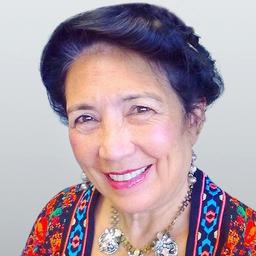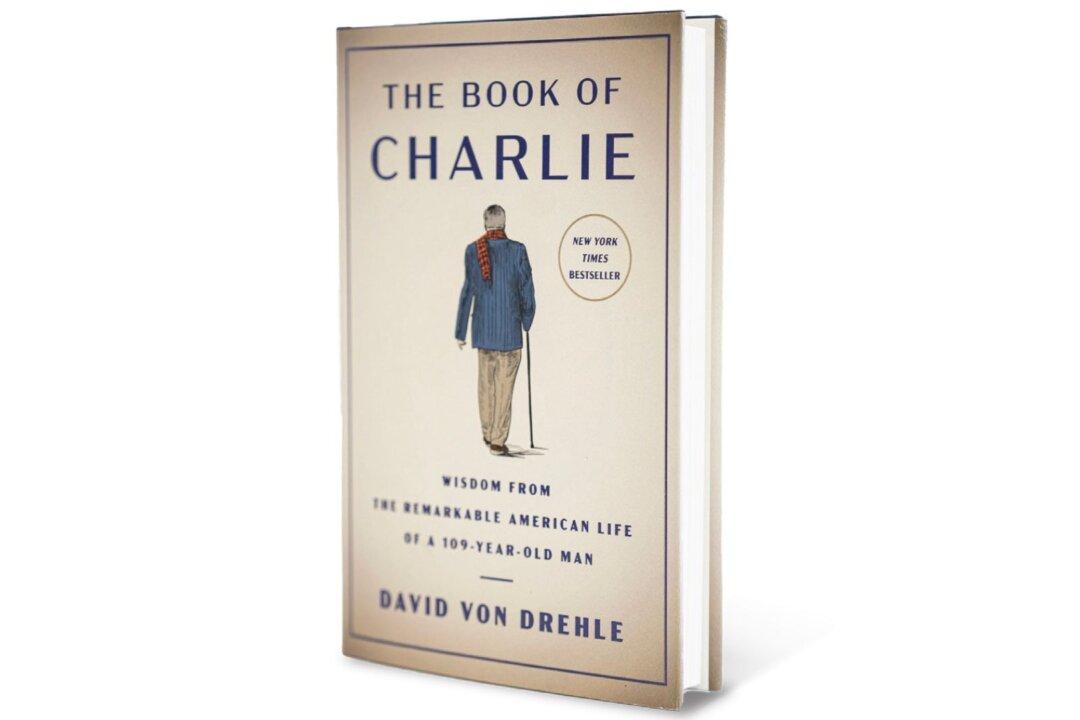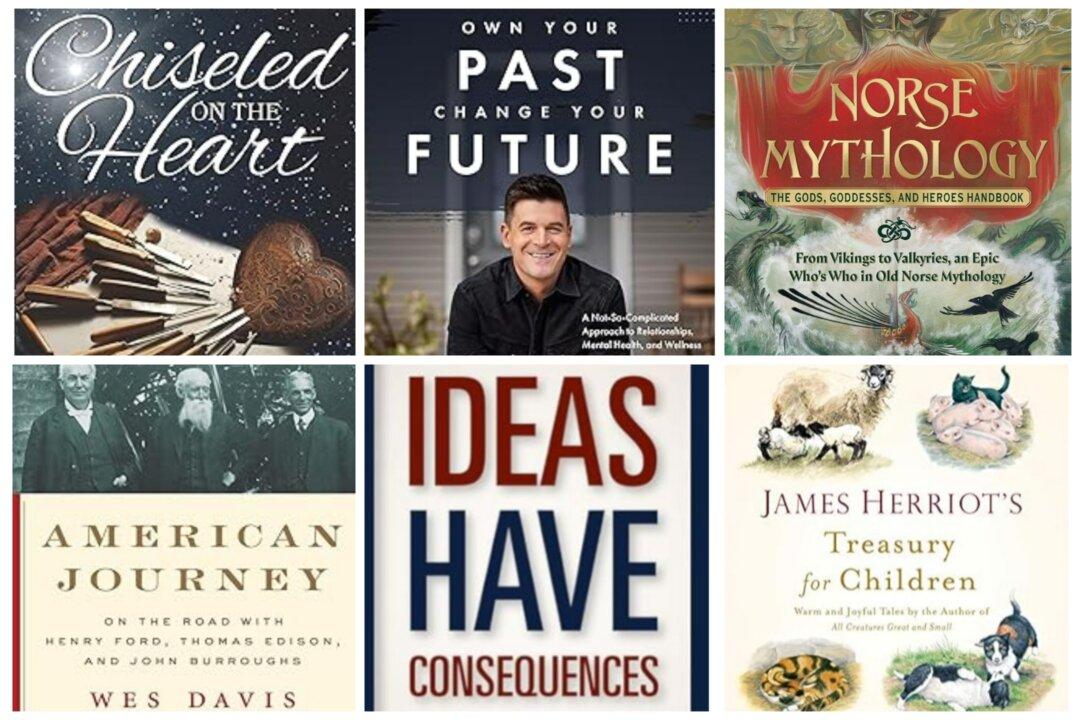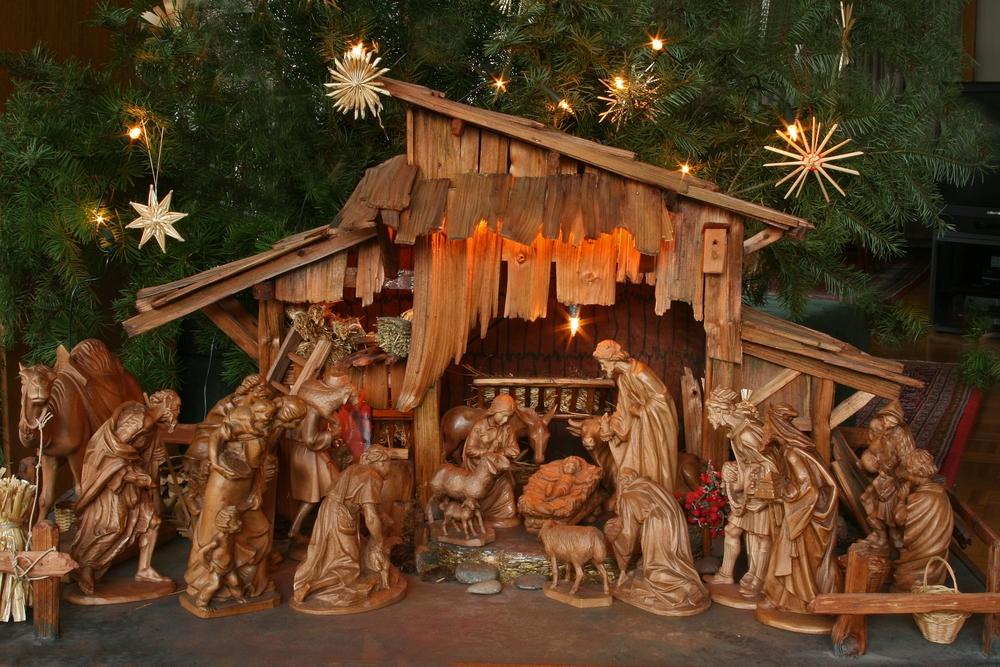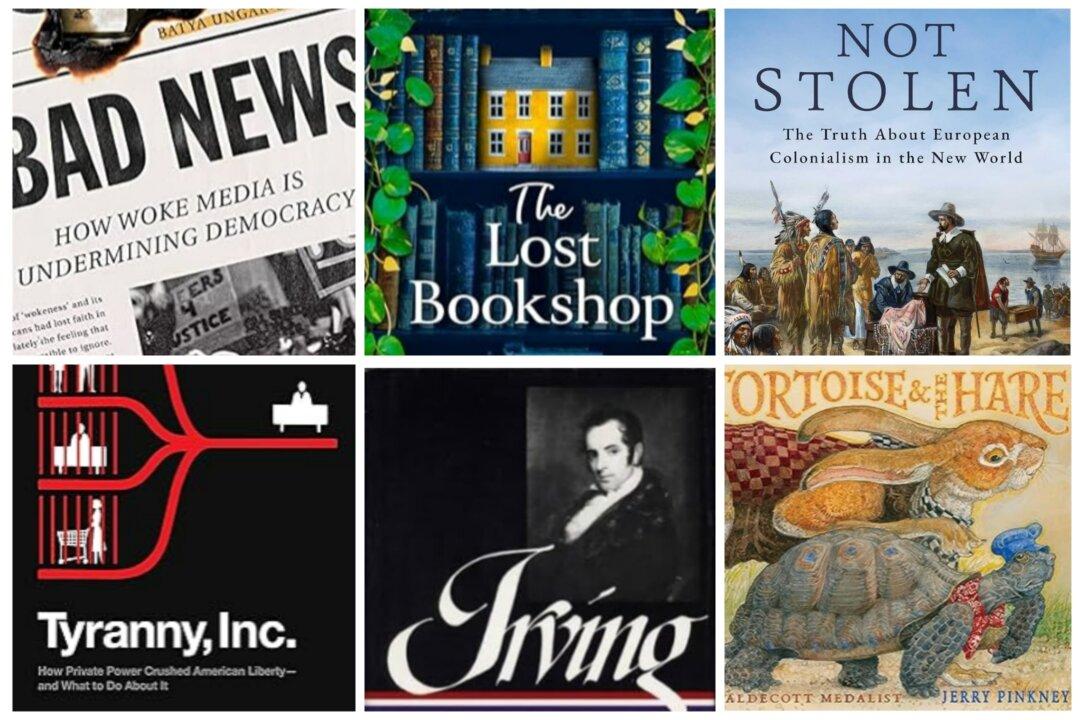Acclaimed nature journalist and author Richard Louv has written several books most notably “Last Child in the Woods: Saving Our Children from Nature-Deficit Disorder,” “The Nature Principle,” and “Vitamin N.”
His writings have been instrumental in birthing an international movement to connect children, families, and communities more closely with nature. He is co-founder and chair emeritus of the non-profit Children and Nature Network. He lectures throughout the world and in 2008 was awarded the Audubon Medal.
In “Our Wild Calling,” he examines human-animal coexistence and what that future might look like.
Following years of research, involving conversations from indigenous healers and wildlife experts to scientists and therapists, Louv presents his case of what he calls the “habitat of the heart.” He envisions a sustainable and shared habitat for all creatures—not out of fear but based on love.
Louv examines our connections to animals, whether in our homes, our communities, or in the wild.
Living in a digital age where connecting with someone is a click away doesn’t always guarantee a close relationship. Louv talks about “species loneliness” and provides data that despite the advances in technology, large segments of our human population (notably seniors and many young people) remain isolated and disconnected from each other.
“Social media does have certain charms and, in some cases, brings us together. But for many people, electronic connection is metastasizing into electronic over connection, overwhelming our capacity for patience, interrupting the focus required to build real-time relationships,” he writes.
In addition to studies on how animals communicate with themselves and other species, Louv shares many stories of real-life encounters, like oceanographer Paul Dayton’s life-changing literal connection to an octopus—it entangled itself on his head and back as he was diving and accompanied him to the surface. The experience left him shaken but mesmerized—and with a great story to share with grandchildren.
White-tailed deer routinely show up on many suburban neighborhood lawns throughout the northeast. Bears have no qualms about taking out backyard bird feeders or confronting hikers on forest trails. And coyotes in the big city? Thousands roam the streets of Chicago.
Creating and living in an environment where humans and animals can live in concert with greater understanding and mutual respect is Louv’s theme throughout as he dissects current thinking when it comes to urban planning, how our educational systems can do better to connect children to nature, and the rise of artificial intelligence. Is it possible to form an emotional relationship with a robotic dog?
Louv would argue for a real-life connection:
“The right animal can give a child a deeper capacity for wonder and empathy, as well as a set of symbols to help make sense of the world. We are more than walking genetic code; we are biological poems, and so are the creatures around us. We do not create the code or language, but we do make meaning out of it. We write the first lines of that poem as children. Our companion animals humanize us. They can offer unconditional love and show us how to give it. They give us the gift of shared imperfections, the seed of sympathy and humor. They join our pack. Or we join theirs. They and we co-become. We are not alone.”
Louv credits the openness of many psychologists, psychotherapists, and occupational therapists to see the benefits of animals used in therapy, and in some cases, to detect illnesses. Patients suffering from depression or dementia can be helped through a relationship with a domestic animal.
Louv looks to a frontier where wild animals could influence mental health and therapy. Ecotherapists are leading in that direction by integrating the natural environment into their treatment plans.
Creating a home for all creatures has its challenges. Louv looks at pockets in this country and efforts in other countries to renew or restore threatened environments. His position is that partnering with animals is highly preferable to exploiting them. His optimism sees a “nature culture” of human and animal communities co-existing rather than as separate entities.
One example that Louv points out is in upstate New York—Adirondack Park:
“Our Wild Calling” is definitely worth the read and reminds us of our beautiful world and that reconnecting with animals can have remarkable results and be a potent remedy for loneliness.
While we may not always acknowledge our togetherness on this planet, we are on a shared journey, compatible at times and at other times challenging. Louv lays an engaging and compelling case for us to remember our connections.
As Louv suggests, “Whether animals are capable of love as we know it (though most of us believe they are), animals do bring us into contact with other people. They act as anti-rumination agents. They pull us out of ourselves and bring us into ourselves. They lead us home.”
“This essential connection or communion with other creatures—this habitat of the heart—is fragile. It needs nourishment to survive, as do they and we.”


